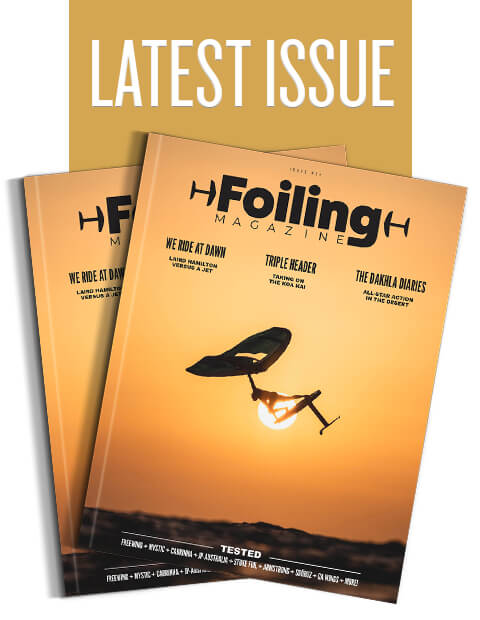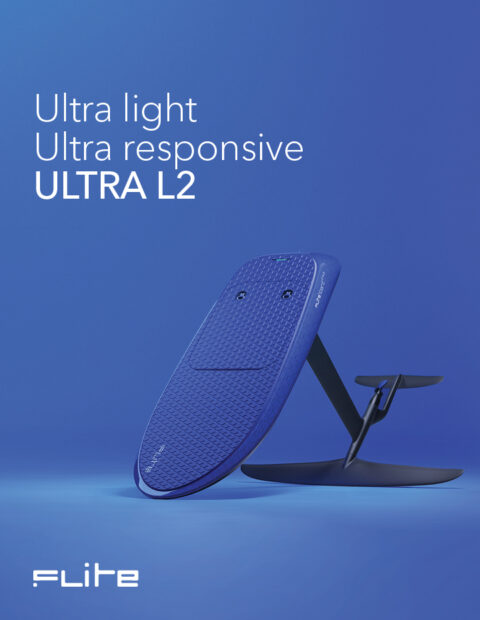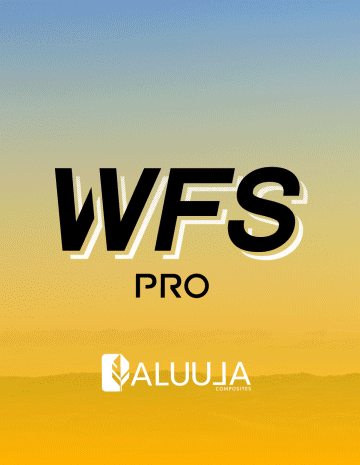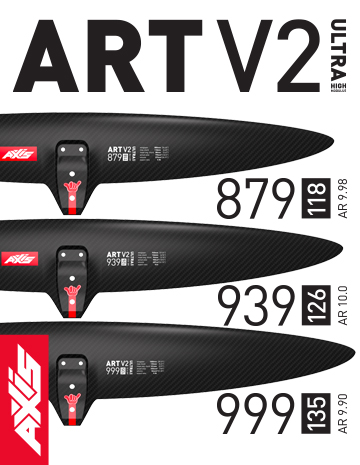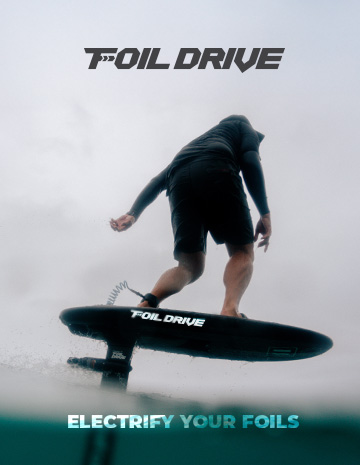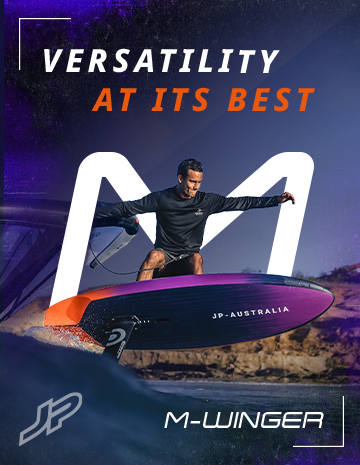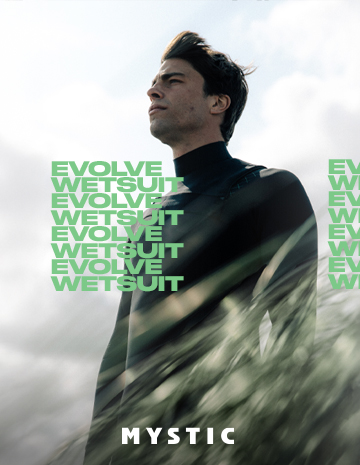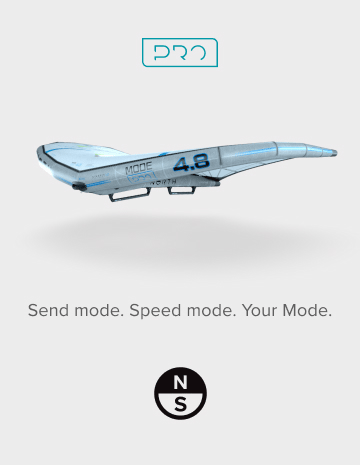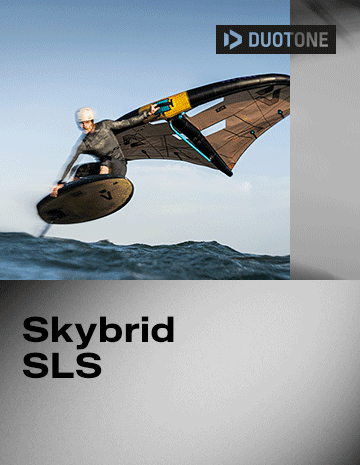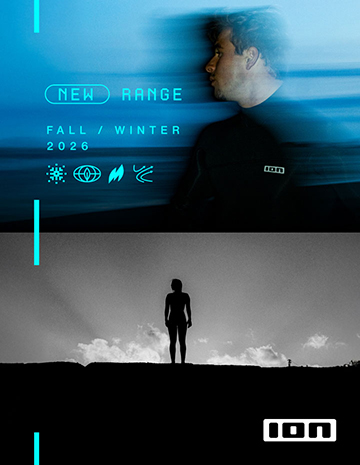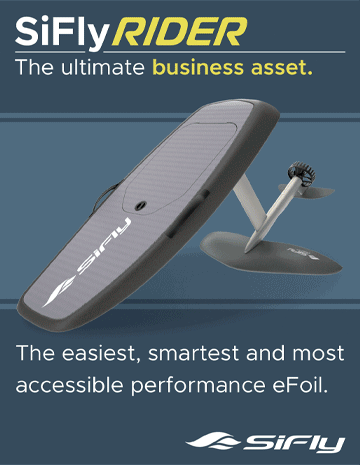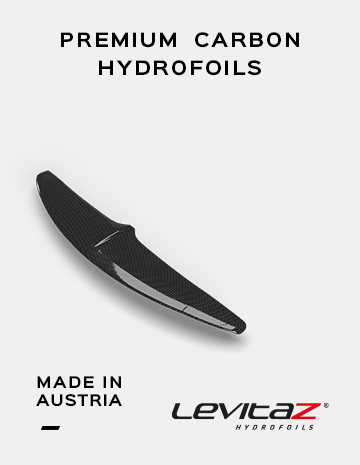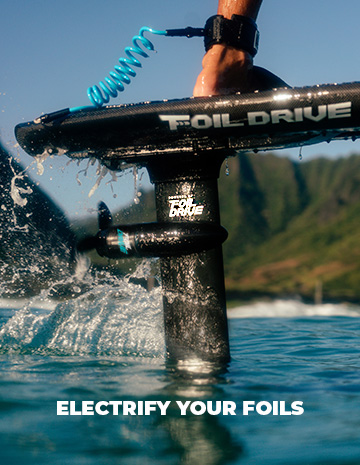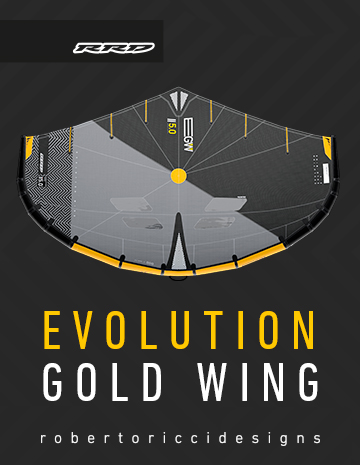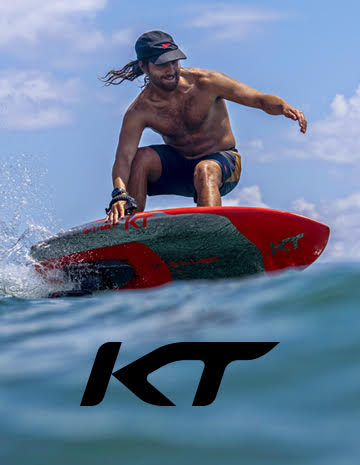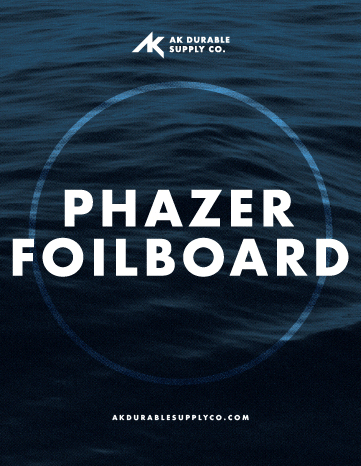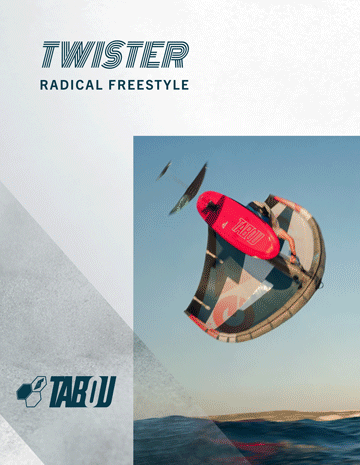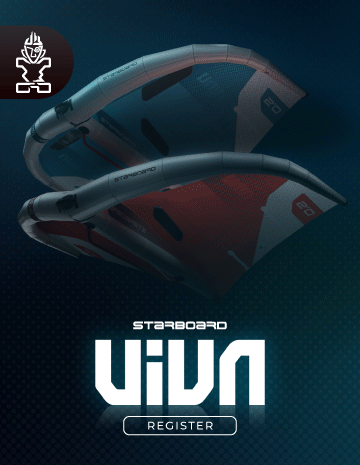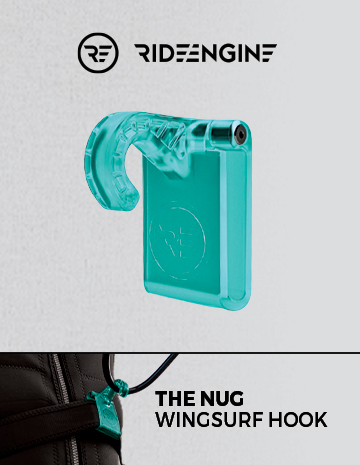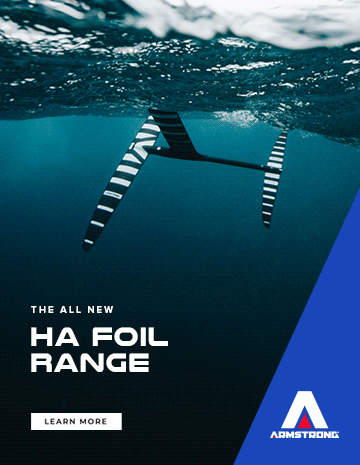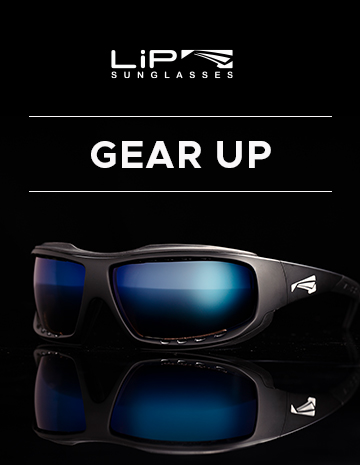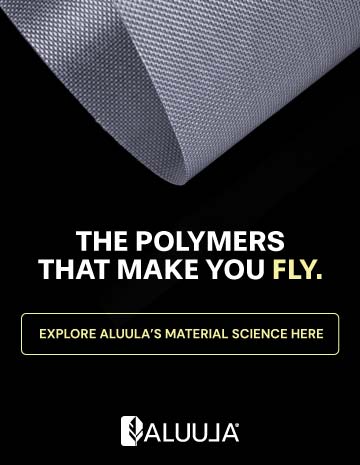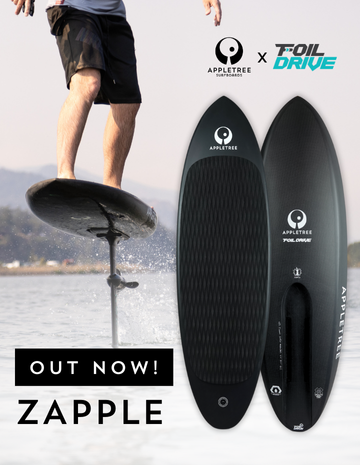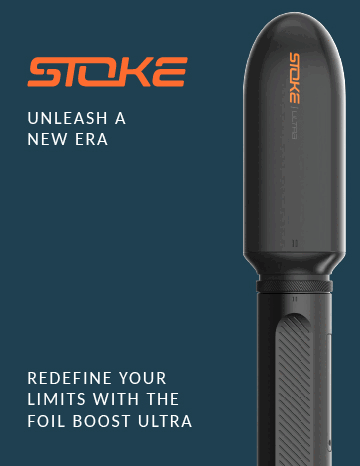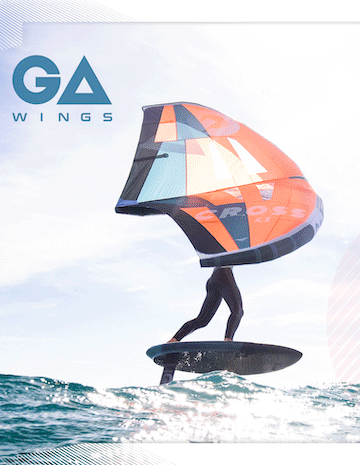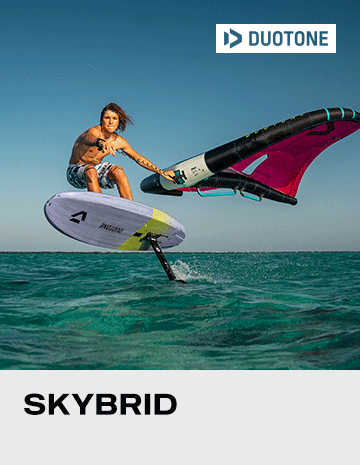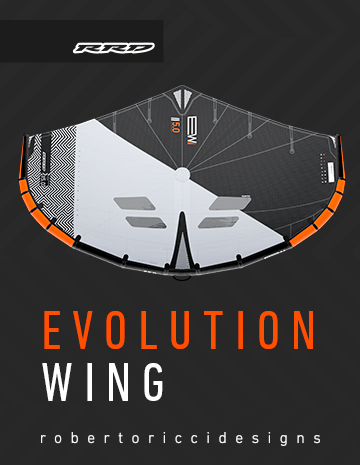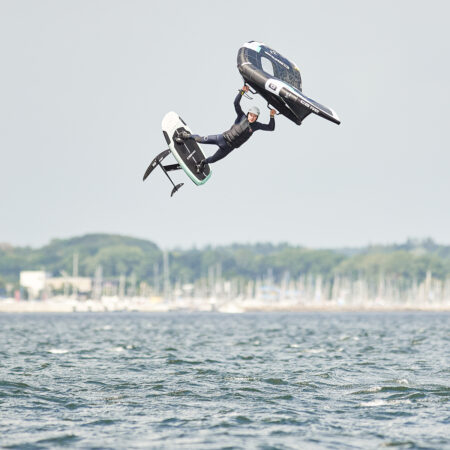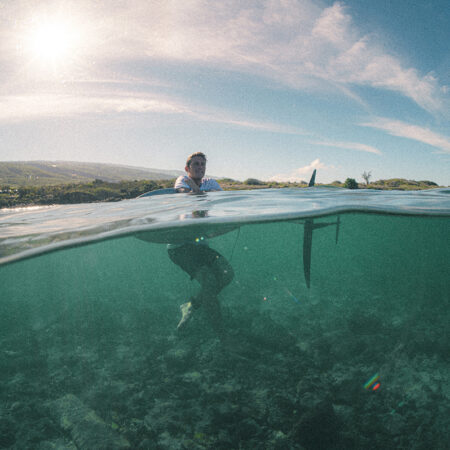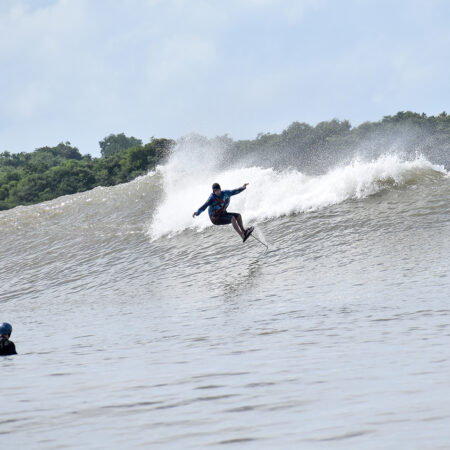INBOUND: SIC Kunalu
We love a new and sleek downwind board. SIC Maui’s brand manager Casi Rynkowski fills us in on their new DW SUP and wingfoil specialist, the KūNalu…
It's a super interesting name…Please tell us what KūNalu means.
The name KūNalu has a history with SIC, dating back to 2005 when shaper Mark Raaphorst introduced his first hollow paddleboard, the KuNalu. It is aptly reborn in the modern era of downwind SUP foiling. “Nalu” means wave, and “Ku” has several meanings, one of which is to stand or rise up, symbolizing the act of rising above the water.
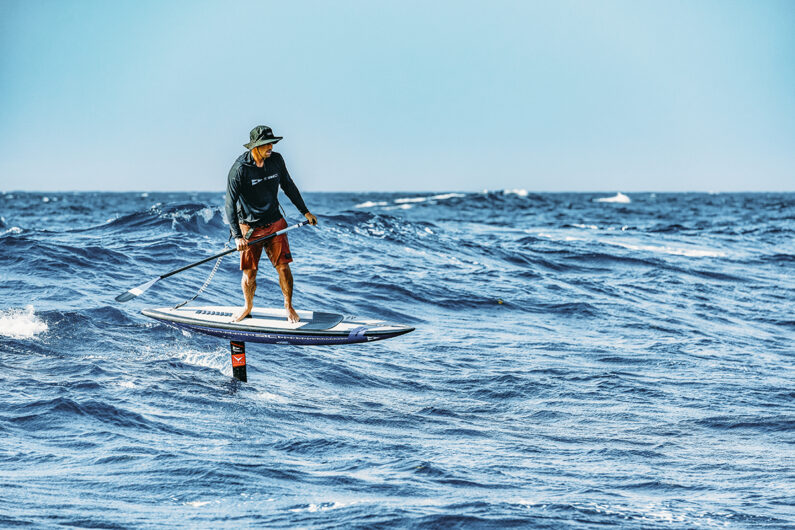 How have you seen the emerging downwind scene affect board design over the last year?
How have you seen the emerging downwind scene affect board design over the last year?
Over the past year, SUP downwinding has significantly impacted wingfoil board designs, sparking innovations in volume distribution, rocker profiles, and tail shapes to enhance stability and performance in choppy conditions. The emergence of new mid-length foil board shapes seeks to blend the benefits of downwind foilboards with longer, narrower designs that boost efficiency and glide. These boards also feature improved hull designs for quicker release and extended foil tracks that create a shorter ride feel. This has enabled brands to reimagine what foilboards could look like across all categories, including beginner-friendly designs prioritizing quick and easy foiling.
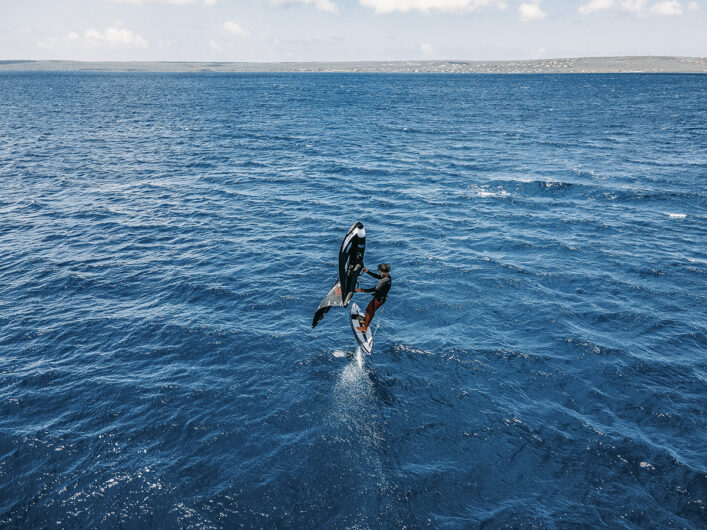 It looks like a real weapon. Talk us through the performance intentions behind the shape.
It looks like a real weapon. Talk us through the performance intentions behind the shape.
The KūNalu features a flat bottom section with a tail wedge, providing exceptional initial stability and effortless porpoising before pop-up, whether in flat water or swell. Its increased volume toward the tail ensures stability, while the thinned-out nose minimizes the swing rate for agile maneuvers. The rail apex at deck design enhances side-to-side stability and prevents rail catching during fast turns, allowing for a fluid and responsive ride. The forward foil track placement offers the sensation of a shorter board, transforming your riding experience with enhanced maneuverability and control.
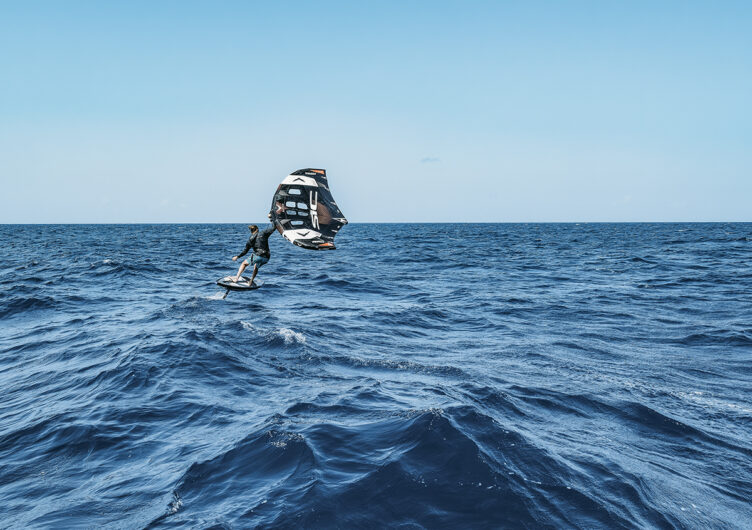 The 5/8 contoured deck gives paddlers a precise sense of the outer perimeter, while balanced front and rear thickness ensures a neutral ride with even leg pressure during long foil flights. Then the longer, pointy outline with a forward center-wide point improves hull speed for effortless takeoffs and minimizes drag during high-speed touchdowns.
The 5/8 contoured deck gives paddlers a precise sense of the outer perimeter, while balanced front and rear thickness ensures a neutral ride with even leg pressure during long foil flights. Then the longer, pointy outline with a forward center-wide point improves hull speed for effortless takeoffs and minimizes drag during high-speed touchdowns.
What sort of layup and materials have you used in the board?
Crafted with our new Super Fly Lite (SFL) technology, the KūNalu boasts a custom carbon PVC construction with vertical carbon PVC foil tracks and blocks for unparalleled strength and durability while minimizing weight, which is very important for downwinding. Its sophisticated carbon reveal highlights the board's lines, contrasted with colorful thick rails, emphasizing its performance-driven design.
What's the size breakdown for the KūNalu?
The KūNalu 7'6 x 19.0″ / 105L is for those who want ultimate performance in SUP and wing downwinding.
The KūNalu 7'11 x 20.0″ / 115L is for intermediate SUP and wing downwinding or smaller beginners with good balance
The KūNalu and 8'4 x 22.0″ / 130L is for larger intermediate riders or true beginners looking for stability for SUP downwind learning.
The 8.4 KūNalu is the perfect size for most to start your SUP downwind journey. Its length and width provide added stability for learning, which is crucial in challenging conditions. However, it still offers excellent glide and efficiency for quick launches. The size and shape of the KūNalu also ensures stable touchdowns in swell and chop, which is equally important.
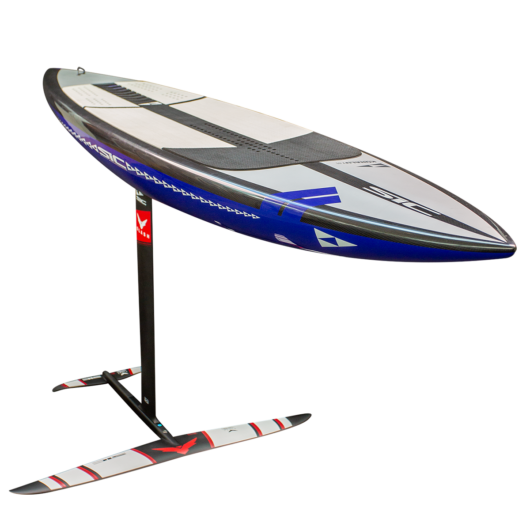
We can't talk about the KūNalu without also discussing the new Slash HAR 1100 and 900 front wings. Can you tell us a little about those and why they're so well suited to the KūNalu?
The Slash High Aspect Ratio (HAR) Front Wings, 1100 and 900, offer exceptional glide, high-speed capabilities, and enhanced pumping ability. The flat anhedral design sharpens turning agility and minimizes drag, allowing you to reach maximum speeds with smoother acceleration. The Slash HAR 1100 front wing features a medium-to-thin profile, perfect for early lift-off in smaller waves, while the Slash HAR 900 has an even thinner profile, optimizing speed in medium to strong winds and larger swells.
What are the advantages of building the Slash foils in pre-preg carbon?
Building foils for wing foiling in pre-preg carbon fiber offers significant advantages, including a high strength-to-weight ratio, superior stiffness, and consistent material quality, all of which contribute to better performance. The lightweight construction improves maneuverability, while the durability of carbon fiber ensures long-term use in harsh marine environments.































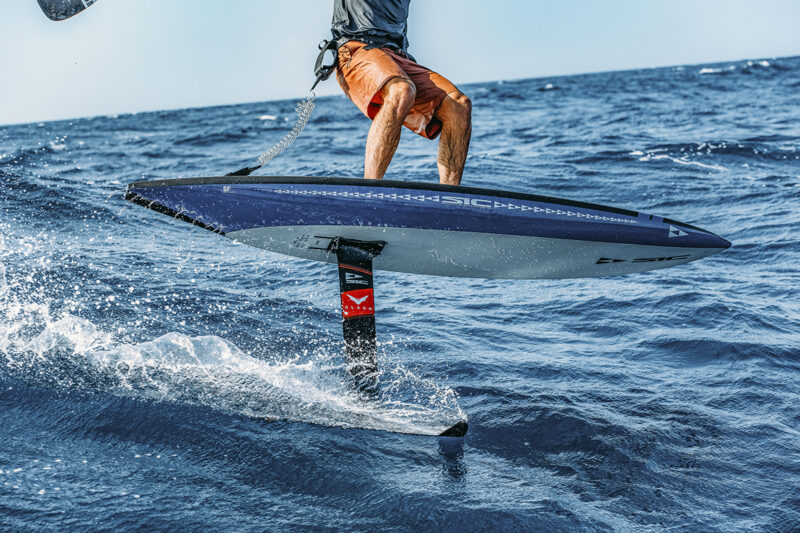
 How have you seen the emerging downwind scene affect board design over the last year?
How have you seen the emerging downwind scene affect board design over the last year? It looks like a real weapon. Talk us through the performance intentions behind the shape.
It looks like a real weapon. Talk us through the performance intentions behind the shape. The 5/8 contoured deck gives paddlers a precise sense of the outer perimeter, while balanced front and rear thickness ensures a neutral ride with even leg pressure during long foil flights. Then the longer, pointy outline with a forward center-wide point improves hull speed for effortless takeoffs and minimizes drag during high-speed touchdowns.
The 5/8 contoured deck gives paddlers a precise sense of the outer perimeter, while balanced front and rear thickness ensures a neutral ride with even leg pressure during long foil flights. Then the longer, pointy outline with a forward center-wide point improves hull speed for effortless takeoffs and minimizes drag during high-speed touchdowns.
